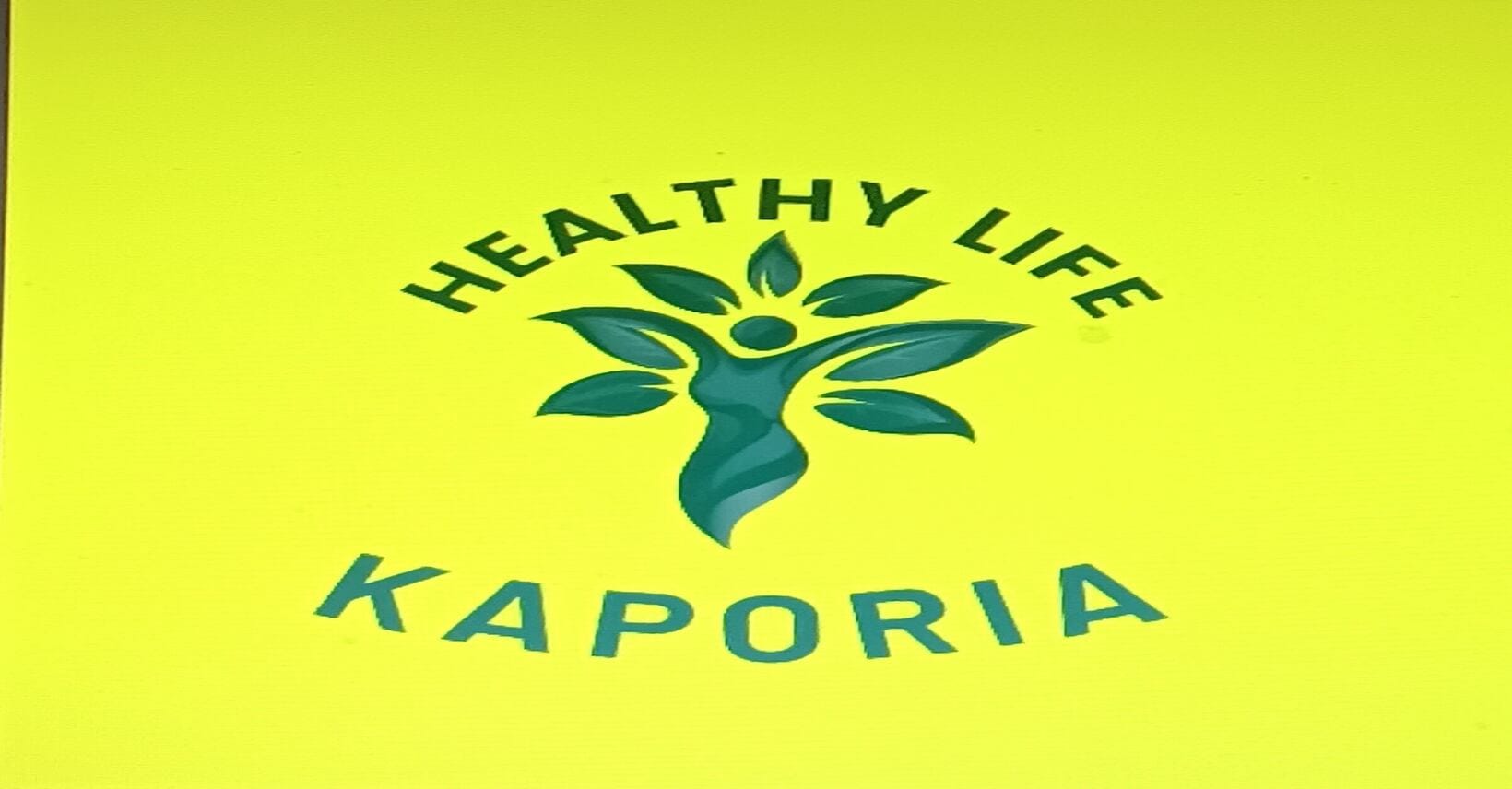[ad_1]
Being admitted to an inpatient youngster and adolescent psychological well being service (CAMHS) as a baby or younger individual (CYP) is extremely distressing. It normally happens as a final resort when all different neighborhood choices have failed.
CAMHS providers deal with youngsters and younger folks with a variety of difficulties which are critically impacting on their psychological well being and emotional wellbeing. These could embody critical threat of both suicide, absconding with a big menace to security, aggression or vulnerability attributable to agitation or sexual disinhibition, or extreme consuming problems. We have reported recently that lengthy waits for support mean that more children and young people are presenting at the point of mental health crisis and highlighted the significance of providing assist earlier than younger folks attain disaster level.
Many youngsters and younger individuals are subjected to coercive interventions or measures, which relying on the setting might embody however not be restricted to mechanical, bodily or chemical restraint (involuntary administration of medicine) and seclusion. These are sometimes triggered by workers in response to excessive misery, self-harm or violence or when finest efforts to assist oral diet have failed. If a baby’s bodily well being is deteriorating to harmful ranges, pressured tube feeding may be used. We have previously described findings showing that very early stages of hospital admission are particularly associated with the use of coercion.
Coercive practices can lead to psychological and bodily harms for sufferers and the ensuing trauma could contribute to additional worsening psychological well being. Led by the idea that coercion is a a type of torture and counter to basic human rights, policymakers internationally have set out an ambition to cut back or remove using restrictive practices for all inpatient settings, with youngsters and younger folks seen as a precedence. To be able to obtain discount of coercion or its elimination, providers and nations want a greater understanding of present charges and related elements which can contribute.
A research by Moell el al., (2024) aimed to ‘systematically evaluation each charges and threat elements for mechanical restraint, bodily restraint, seclusion, pharmacological restraint, and compelled tube feeding in inpatient CAMHS.’

Coverage makers internationally have set out an ambition to cut back or remove using restrictive practices throughout inpatient settings with youngsters and younger folks a precedence.
Strategies
The authors carried out a scientific evaluation with an adjunct narrative evaluation targeted on the incidence, prevalence, and threat elements of coercive measures in CAMHS inpatient care. Definitions of the studied coercive measures have been preregistered. Their major end result was publicity to any of those coercive measures.
They searched MEDLINE, Embase, Net of Science Core Assortment, PsycINFO, Cinahl, and Dissertations & Theses World: The Sciences and Engineering Assortment utilizing a technique developed with data specialist librarians from Jan 1, 2010, to Jan 10, 2024.
They included quantitative research, together with gray literature, which reported on the incidence, prevalence, or threat elements for coercive measure use in CAMHS inpatient care that supplied 24-hour look after sufferers aged as much as 17 years. They excluded research of forensic and residential therapy settings.
Outcomes
- 30 research (from 34 papers) have been included within the evaluation, 20 additionally reported threat elements or variables related to using coercive measures.
- Pattern sizes ranged from 16 to 9,865, with a complete of 39,027 sufferers
- Charges various markedly, nevertheless, the median prevalence for any coercive measure was 17.5% (IQR 13·4 to twenty·8), for any restraint (bodily/mechanical charge mixed) 27.7% (IQR 21·3 to 29·4), and for seclusion 6.0% (IQR 2·6 to 11·0).
- In 9 stories, a small subgroup of younger folks have been uncovered to a lot of the coercive measures with no extra element supplied about them. Essentially the most excessive outlier charges have been present in two research of sufferers with consuming problems.
- Sociodemographic elements have been probably the most often reported patient-related traits. Models treating consuming problems had the very best charges of coercive measures.
- Youthful age, male intercourse, ethnicity or race apart from White (particularly Black or African American) and aggression have been additionally predictive of coercive measures getting used.
- Relating to care-related elements, prolonged size of keep and repeated admissions have been, general, related to coercive measure publicity.
- This systematic evaluation means that coercive measure use and threat elements in inpatient CAMHS range considerably throughout settings.

This systematic evaluation means that coercive measure use and threat elements in inpatient CAMHS range considerably throughout settings.
Conclusions
The authors conclude:
The charges of coercive measures recognized counsel a persistent reliance on these interventions in some settings, regardless of ongoing, vigorous moral debates and considerations relating to their affect on the human rights and prognosis of sufferers. Ongoing efforts are wanted to know and minimise using coercive measures in youngster and adolescent psychiatric inpatient care…
And that:
Variable charges and conflicting threat elements counsel that affected person traits alone are unlikely to find out coercive measure use. Extra analysis, particularly within the type of nationwide research, is required to elucidate the affect of care and workers elements. Lastly, we suggest reporting tips to enhance comparisons over time and settings.
Strengths and limitations
That there stays a large variance in using coercive practices isn’t a surprise, it’s clearly associated to extra than simply affected person variables. However it stays regarding that some CYP are subjected to greater ranges than others. Being younger will increase the chance of coercion – is that this associated to perceptions of youngsters and their behaviour, or simply simpler to coerce a youthful youngster, or do older youngsters hit again!
While being male clearly hyperlinks with perceived aggression, repeated considerations that younger girls who self-harm expertise disturbing ranges of coercion surprisingly doesn’t appear to be a function within the literature that was included (Nawaz et al., 2021). There’s additionally little new perception into these CYP who’re coerced probably the most via pressured tube feeding. Equally, given medicine is probably the most used coercive follow general, it was notable {that a} small variety of included research addressed pharmacological restraint.
The vary of research recognized supplied extremely heterogeneous knowledge thereby limiting the writer’s means to undertake a meta-analysis. Research have been largely from the worldwide north, primarily from the US, which makes generalisability to different settings problematic.
There stays a necessity for standardised approaches to definitions, measurement and outcomes associated to coercive practices.

Repeated considerations that younger girls who self-harm expertise disturbing ranges of coercion surprisingly doesn’t appear to be a function within the included literature.
Implications for follow
Ideally using coercive practices in youngsters must be averted. There could also be excessive instances after they can’t be averted, however scientific workers want to pay attention to the bodily and psychological hurt this could trigger youngsters. This evaluation has prompt some teams could expertise extra coercion however the explanation why want additional exploration. Arguably workers make the final word determination to make use of coercion and there are promising interventions that might cut back this.
One in every of my blogs (Baker et al., 2022) sought to know interventions which can cut back using restrictive practices in youngsters and younger peoples’ institutional settings, together with psychological well being. It concluded that interventions are typically complicated, reporting is inconsistent and strong analysis knowledge are restricted. Nonetheless, some behaviour change strategies appear promising. The commonest setting by which behaviour change strategies have been discovered was ‘psychological well being,’ with the commonest process targeted on workers coaching. Promising behaviour change strategies included instruction on the right way to carry out the behaviour, restructuring the social setting, suggestions on outcomes of behaviour and problem-solving.

Using coercive practices in youngsters must be averted and we’re constructing a greater understanding of the kind behaviour change interventions that may support its discount.
Hyperlinks
Main paper
Astrid Moell, Maria Smitmanis Lyle, Alexander Rozental, Niklas Långström, 2024 Charges and threat elements of coercive measure use in inpatient youngster and adolescent psychological well being providers: a scientific evaluation and narrative synthesis, The Lancet Psychiatry, https://doi.org/10.1016/S2215-0366(24)00204-9.
Different references
Baker J, Kendal S, Berzins Okay, Canvin Okay, Branthonne-Foster S, McDougall T, Goldson B, Kellar I, Wright J, Duxbury J. 2022. Mapping Assessment of Interventions to Scale back the Use of Restrictive Practices in Kids and Younger Individuals’s Institutional Settings: The CONTRAST Examine. Kids and Society: the Worldwide Journal of Childhood and Kids’s Companies. 1351-1401, 36, 6.
Nawaz RF, Reen G, Bloodworth N, Maughan D, Vincent C. Interventions to cut back self-harm on in-patient wards: systematic evaluation. BJPsych Open. 2021 Apr 16;7(3):e80. doi: 10.1192/bjo.2021.41. PMID: 33858560; PMCID: PMC8086389.
Picture credit
[ad_2]
Source link

